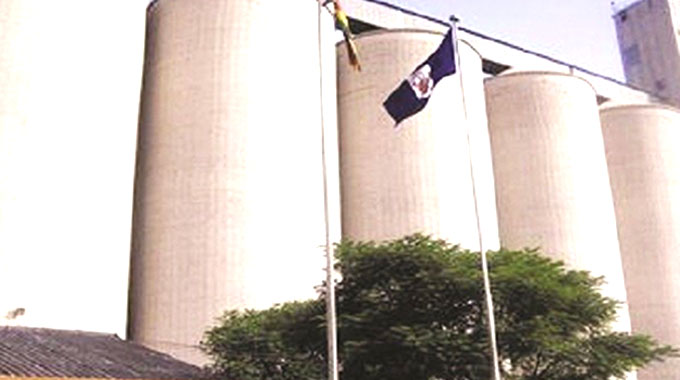Editorial Comment: Low costs make producer prices meaningful

THE announcement of new producer prices of $6 958 and $7 260 for maize and traditional grains, respectively, for the 2019-20 farming season will not only whet farmers’ appetite to produce more and boost their earnings, but also make the Grain Marketing Board (GMB) their buyer of choice.
This development will serve as a launchpad for the Government’s bid to replenish Strategic Grain Reserves (SGR) that had been depleted after years of poor showing by the agricultural sector owing to a litany of challenges, both natural and man-made.
It is also worth noting that Government has hinted at its serious intentions to see the country reclaiming its status as the “Breadbasket of Africa” by introducing a recovery plan for maize, wheat and soya bean.
The plan seeks to achieve over US$8 billion gross agriculture production value by 2023.
Information, Publicity and Broadcasting Services Minister Monica Mutsvangwa made both announcements during a post-Cabinet briefing, attracting mixed reactions from different sectors of the economy.
It is exciting to note that the Government is acknowledging the stark reality that farmers need to be cushioned from the effects of the volatile economic terrain the country is negotiating.
This acknowledgment is seen through periodic reviews of producer prices, while farmers need to up their game and rise to the occasion.
The farmers’ biggest undoing at the moment is the unpredictable economic environment that has seen the cost of production rising frequently.
The cost of inputs and critical services is changing often, with some service providers and input suppliers quoting their prices in United States dollars, which farmers, like the generality of Zimbabweans, are struggling to access.
Sadly, this will eventually erode the value of any price increase which the Government might come up with.
Farmers should welcome these new prices. We are however, aware of their concerns over inflation and how it would have eroded the value of the new prices come the marketing time of the crops.
Of course, their concerns are genuine.
Some of the farmers even proposed that Government should consider paying them in US dollars so that whatever happens in the economy would not affect the value of their earnings, which will in turn allow their enterprises to remain viable while the economy benefits too.
On scrutinising the matter further, it is fast becoming apparent that the farmers’ biggest nemesis are high production costs that are continuously changing and not the producer price that Government is offering every season.
It is the cost of production and the availability of vibrant markets that determine the viability of any farming enterprise and where production costs are excessively high, even a higher selling price will not bring in viability.
Farmers have to contend with high costs of labour, inputs, fuel, electricity (where there is irrigation), equipment hire charges and transport.
This literally pushes the cost of producing a hectare of any crop out of reach of many and what suffers in the end are yields.
When yields are depressed, there are slim chances of farmers breaking even.
At the moment, the cost of producing a hectare of any crop can easily beat the selling price, which means there is no viability whatsoever, hence the Government’s regular price reviews are critical in at least trying to keep pace with the runaway costs.
On the other hand, the Government must step in to monitor how those farmers producing high-value crops such as tobacco and cotton are paid every season.
The farmers need to get their earnings on time and without hassle so that they prepare for the next season adequately.
They need payment systems that they are conversant with.
The case of the 2019 tobacco marketing season, in which farmers were only told of a new payment system a few days before the start of the season, easily comes to mind.
This last-minute introduction of a new payment system and the challenges it brought in accessing the payments had serious repercussions that include the abandonment of the crop by some farmers, with the 2019-20 season recording very low new registration of farmers and a shrinking hectarage.
The hiking of the producer price for traditional grains fits well into Government’s drive to have farmers growing drought-tolerant crops that can also be produced at minimal costs.
Traditional grains are known for their high nutritional value, hence the need to produce them abundantly and to place an attractive selling price tag on them.
It is also crucial for the Government to ensure that it promotes value addition of the traditional grain crops so that farmers appreciate their importance in efforts to boost food security and nutrition in the homes.
Farmers also need to be educated on the need to be innovative when preparing dishes from the traditional grain crops, as most of them may not be used to growing and later consuming them.
The farmers need to be made aware of the various products that can be produced from traditional grains so that they too may start value-addition and earn income outside the traditional seasonal cheque that comes after marketing their crops.
The extra income from value addition will help improve farmers’ prejudiced perception of traditional grains that tended to relegate them to the level of crops grown by not-so-well up farmers located in the country’s outlying regions where farming was not considered a business.
Farmers need to appreciate the value of traditional grains through recognition of the advantages of growing them at a commercial scale.










Comments